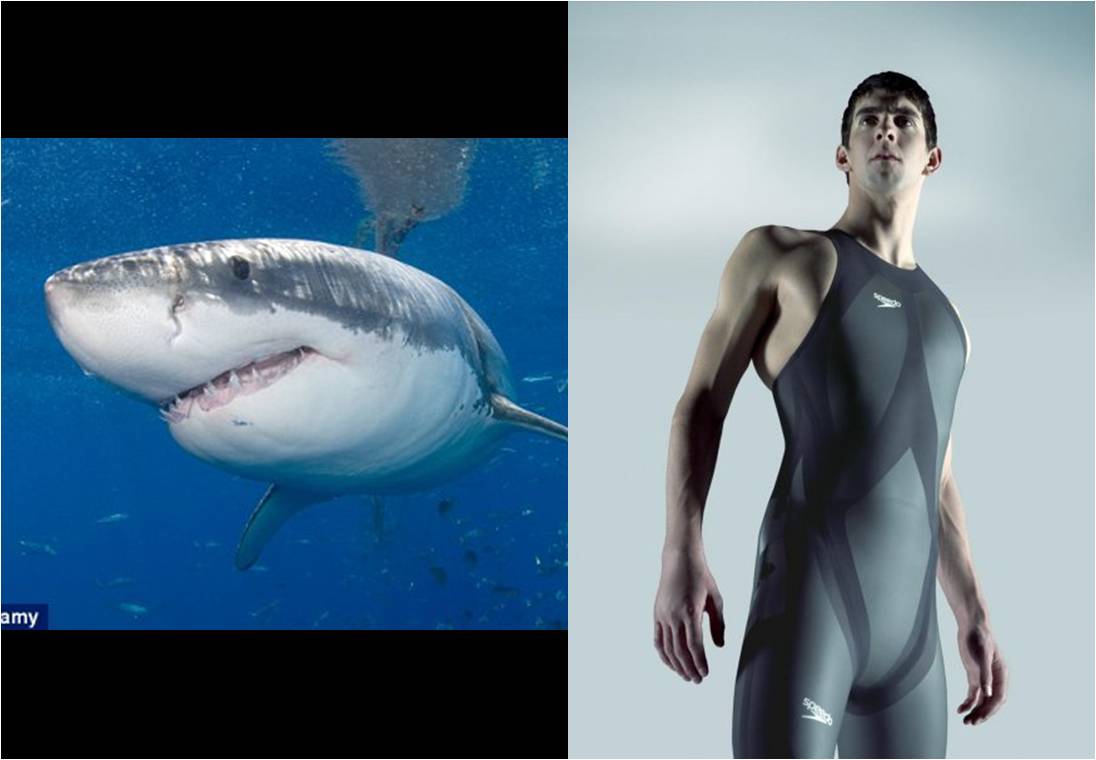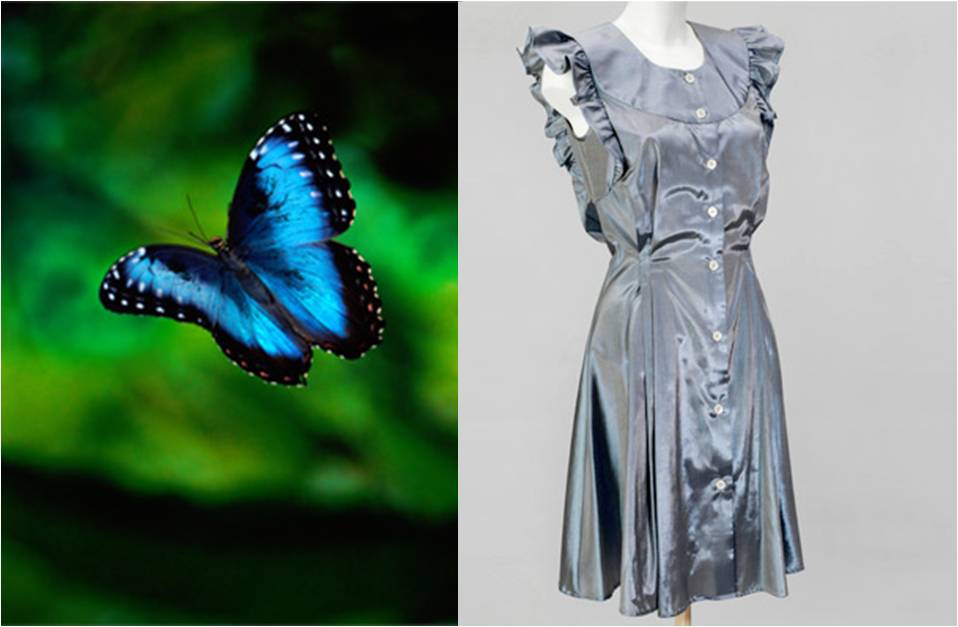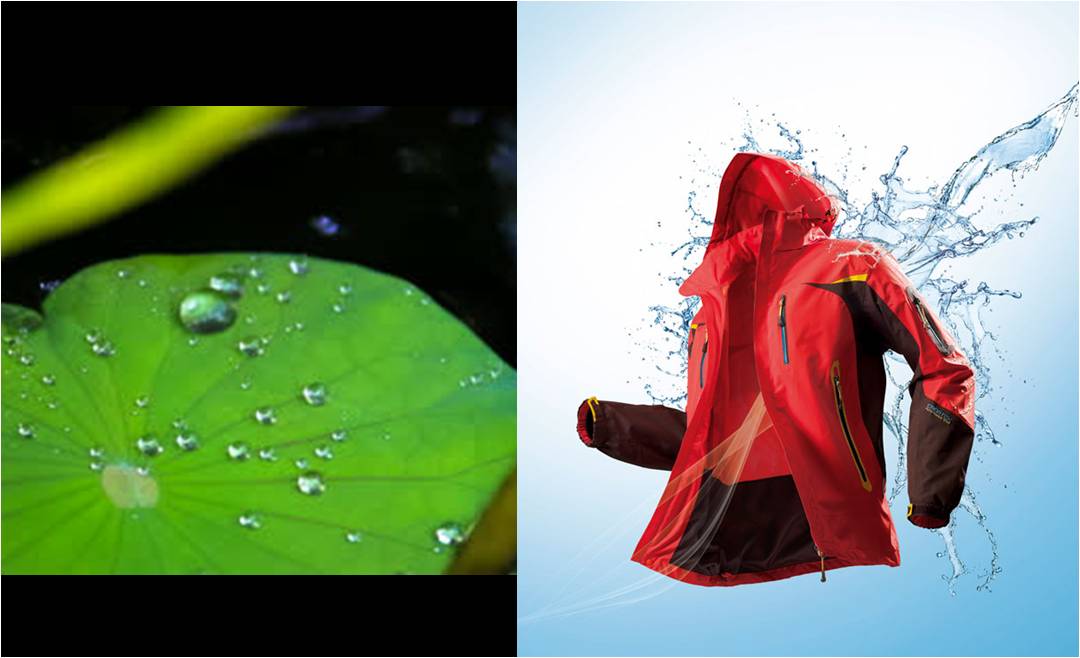You may agree that everything around us has science in it. The same is true of clothing. From molecular structure of fibers to special performances of functional clothing, we can easily find science and technology in clothes.
The clothing science has developed in many ways; environment-friendly production, functional textile, smart purchasing process, etc. From among these, functional textile is definitely the major strand of development. Moreover, many kinds of functional textiles are invented by mimicking the structure and function of biological systems. Let’s look out some remarkable functional textiles inspired by nature.

Shark Scale Swimsuit
In Sydney 2000 Olympics, 28 among 33 golden medals were awarded to swimmers who wore a full-length bodysuit “Speedo Fastskin.” Shark skin was applied to the swimsuit, and the surface of the swimsuit was covered with minute denticles, which look like small teeth. The choice was completely opposite to the common knowledge of those days, which considered smooth and minimum swimsuit the best style for minimizing water resistance.
An object moving in water creates small water eddies on its surface which slows down the speed of the object. However, in the shark scale swimsuit, the very small individual scales of shark skin, dermal denticles, reduce the eddy formation to increase the swimming speed.

Morphotex from Morpho butterfly
The Morpho butterfly is called “a living jewel.” Its wings of cobalt-blue, which shine beautifully, do not actually contain any blue pigment. The scales on their wings are made of many layers of proteins that refract light in different ways. Due entirely to the play of light and structure, we can see beautiful colors. This is called “structural color.”
Morphotex is a chromogenic fiber made by Teijin Fibers Limitedusing the color principle of the Morpho butterfly. No dyes or pigments are used. Rather, color is created based on the varying thickness and structure of the fibers. Energy consumption and industrial waste are reduced because no dye process is necessary.

Waterproof textile with Lotus Effect
Lotus leaves have a unique characteristic. Although a lotus grows up on a muddy pond, its leaves never get wet or dirty. Water on a lotus leaf forms droplets and rolls off of the leaf, washing away dirt on the surface. It is called the “lotus effect.” The surface of the leaves contains nanometer-sized waxy bumps that prevent both dirt and water from sticking to it.
The lotus effect is applied to a waterproof textile. You can get rid of coffee you spilled on your waterproof textile cloth, simply by brushing the droplets out. Recently, many other functions such as moisture management and odor control are added into the waterproof textile.


